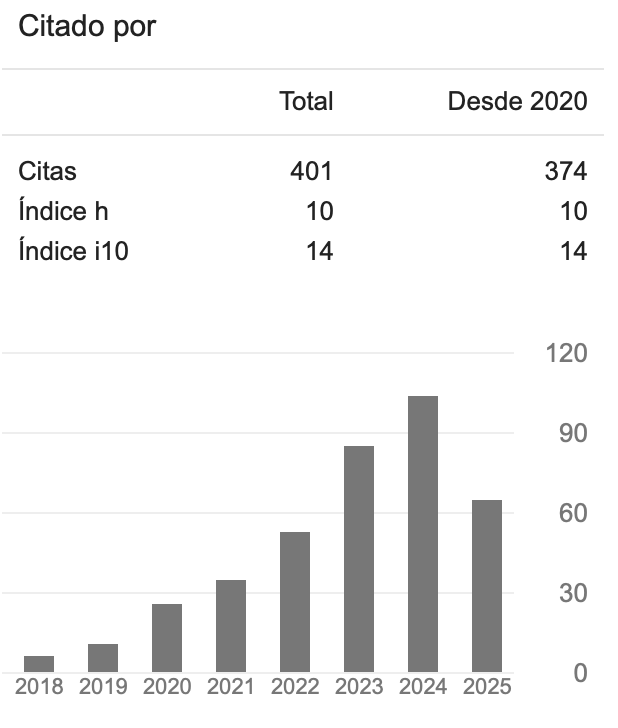CIUDAD ACADEMIA: HACIA EL DISEÑO DE ESCENARIOS URBANOS Y ARQUITECTÓNICOS COMO COMPONENTES DE LOS NUEVOS AMBIENTES DE APRENDIZAJE CIUDAD BOLÍVAR, BOGOTÁ D.C.
DOI:
https://doi.org/10.33324/daya.v1i4.134Palabras clave:
ambientes de aprendizaje, arquitectura, diseño urbano, educación, espacio intermedio, espacio público.Resumen
La normativa y las políticas educativas en Bogotá se han interesado principalmente por entender cómo debe ser la arquitectura escolar y hacer de las instituciones educativas un lugar confortable y propicio para el aprendizaje. Sin embargo, en este objetivo no se consideran las dimensiones sociales, medioambien tales y físico-espaciales del entorno donde se construye el equipamiento, cuando son elementos que, desde la cotidianidad, aportan a la formación de los sujetos. CiudadAcademia discurre que el espacio intermedio entre el hogar y la institución educativa debe ser tenido en cuenta en el proceso de aprendizaje y que este debe reflejarse e incorporarse de manera explícita en el diseño de los ambientes para dicho fin. A partir del planteamiento de criterios urbanos y arquitectónicos de los espacios intermedios de tres instituciones educativas –diseñadas y construidas en tres momentos diferentes en la historia, momentos que constituyen hitos en la manera en la que se concibe el papel de la educación en la ciudad de Bogotá– el estudio empleó una metodología de trabajo que permite entender los espacios intermedios como ambientes reales de aprendizaje: se trata de instituciones educativas articuladas a una red de parques, calles peatonales, equipamientos, espacio público y medio ambiente. De esta manera, se pretende pensar el concepto de ambiente de aprendizaje como un proyecto urbano integral en torno a la educación: prolongar las aulas más allá de la infraestructura educativa, crear nuevas aulas, nuevos ambientes, nuevas opciones para los barrios más complejos de la ciudad.
Palabras clave: ambientes de aprendizaje, arquitectura, diseño urbano, educación, espacio intermedio, espacio público.
Abstract
The normatives and the educational policies have been interested mainly in how the school architecture should be. The school must be a comfortable and conducive place for learning. CiudadAcademia believes that the intermediate space between home and school should be taken into account to the learning process. And that must be reflected and incorporated explicitly in the design of the environments for this purpose in the city, making this a continuous experience. From the approach of urban and architectural criteria of the intermediate spaces of three schools designed and built at three different times in history and that have been a milestone in the way in which the role of education in the city of Bogotá is conceived, the study, generated a methodology that allows to understand the intermediate spaces as real learning environments, made up of several schools, a network of parks, pedestrian streets, facilities, public space and environment. In this way, we intend to think of the concept of the learning environment as an integral urban project around education: prolong the classrooms beyond the educational infrastructure, create new classrooms, new environments, new options for the most complex neighborhoods of the city.
Keywords: Education, urban design, intermediate space, learning environments, architecture, public space.






